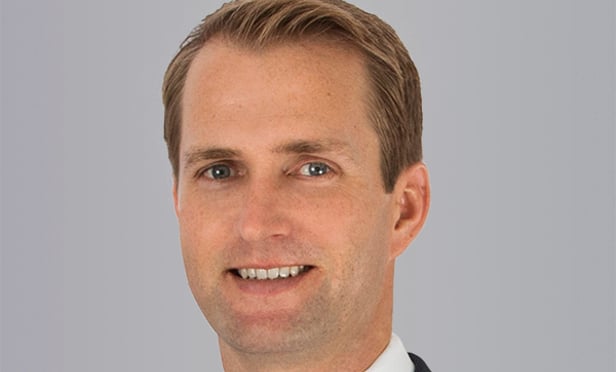SAN DIEGO—Supply and demand are still heavily weighted in the landlord's favor and there's very little speculative construction in the pipeline, so the decreasing medical-office rents the San Diego market saw in Q3 are likely just a temporary stall, Travis Ives, senior director of the healthcare practice group at Cushman & Wakefield, tells GlobeSt.com.
According to a recent report from the firm, the average asking rent countywide did not change from last quarter, following seven consecutive quarters of increases prior. While this will come as a welcome change to medical practices, many of whom are finding it increasingly difficult to manage increasing expenses in the face of shrinking insurance reimbursements, should medical-office owners and investors be concerned?
“I'm not predicting a turn in medical rents, but the recent quarter was the first in many quarters where we did not see an increase in the average asking rate countywide,” says Ives. He adds that he doesn't expect the cooling-off period to last long.
Recommended For You
Want to continue reading?
Become a Free ALM Digital Reader.
Once you are an ALM Digital Member, you’ll receive:
- Breaking commercial real estate news and analysis, on-site and via our newsletters and custom alerts
- Educational webcasts, white papers, and ebooks from industry thought leaders
- Critical coverage of the property casualty insurance and financial advisory markets on our other ALM sites, PropertyCasualty360 and ThinkAdvisor
Already have an account? Sign In Now
*May exclude premium content© 2025 ALM Global, LLC, All Rights Reserved. Request academic re-use from www.copyright.com. All other uses, submit a request to [email protected]. For more information visit Asset & Logo Licensing.









